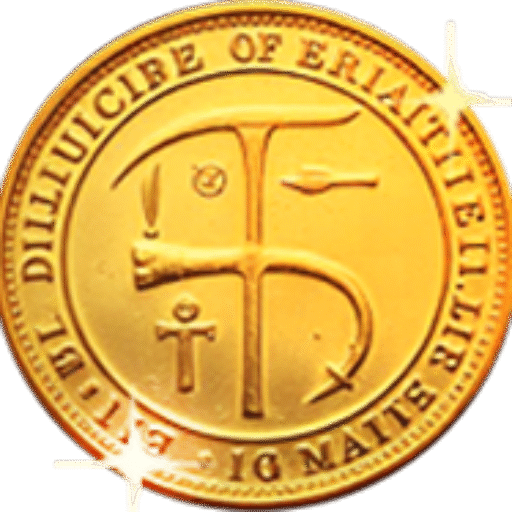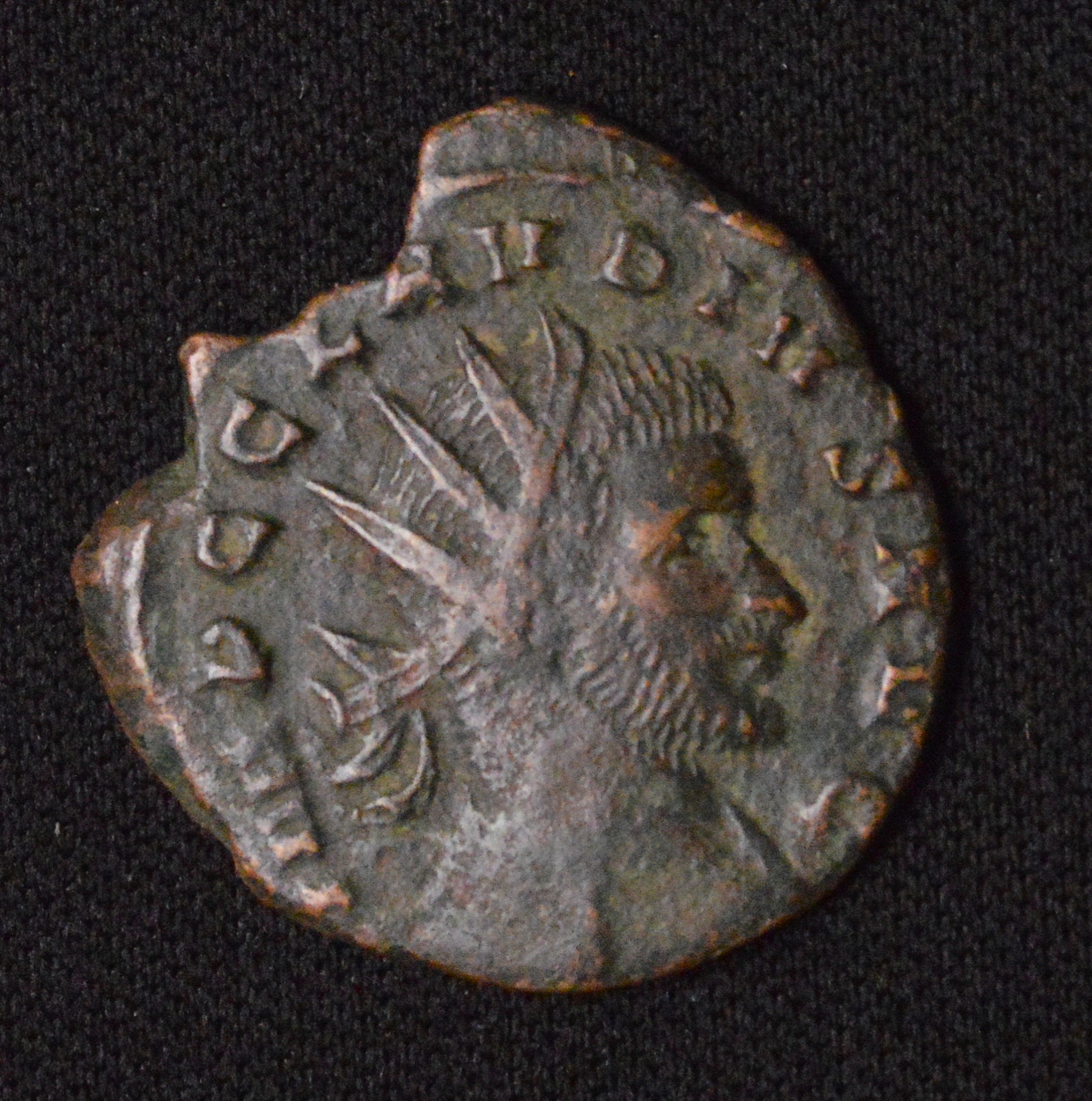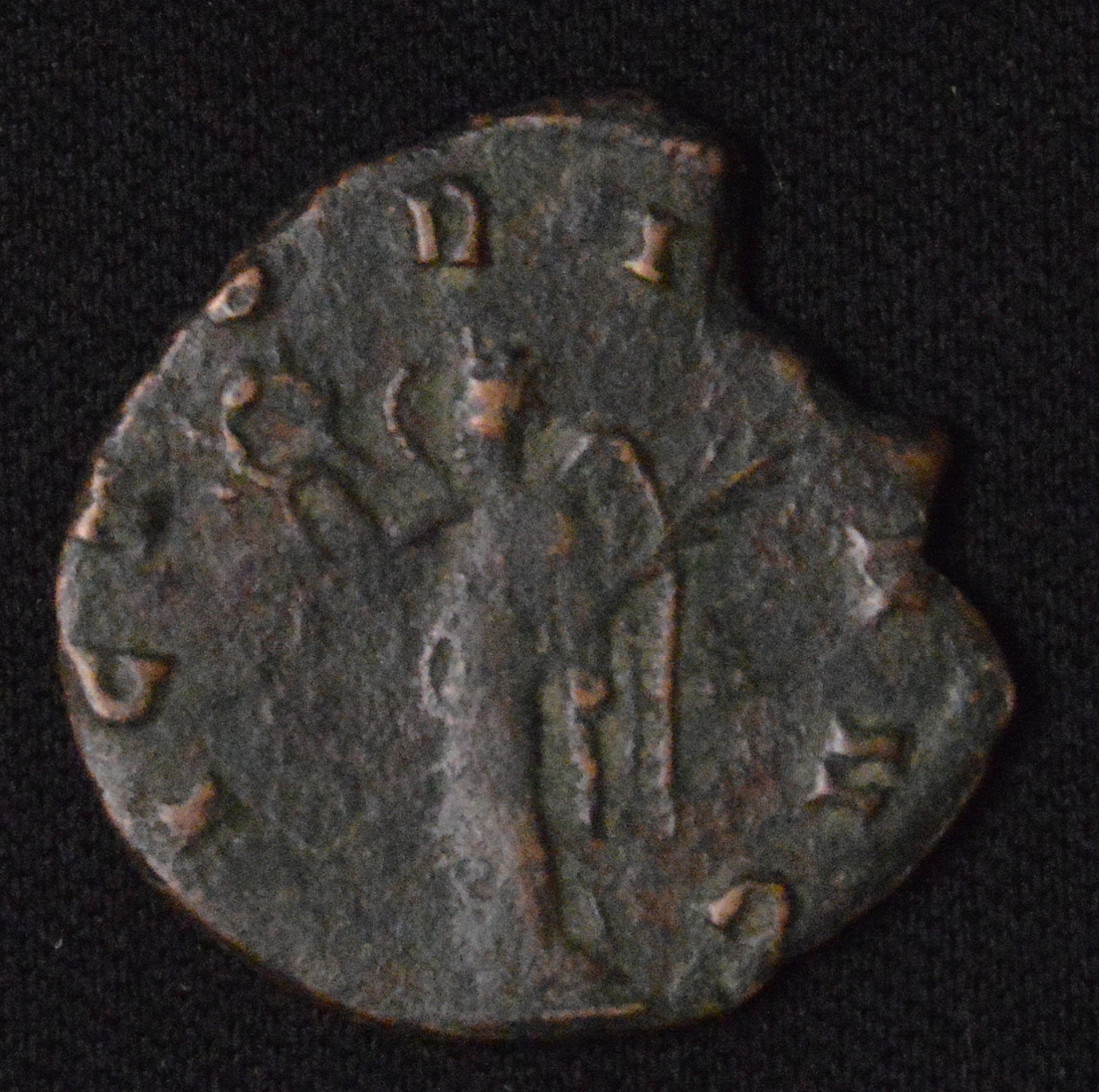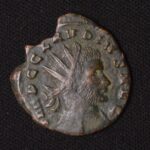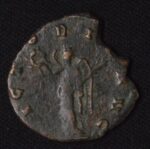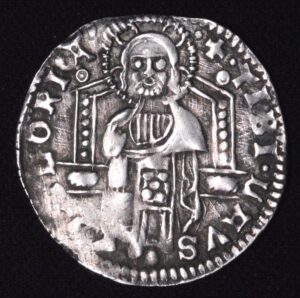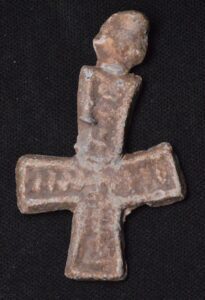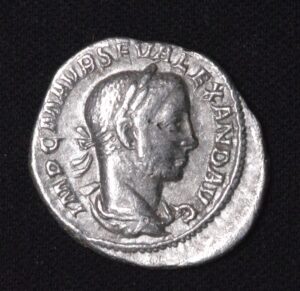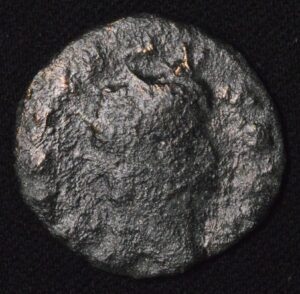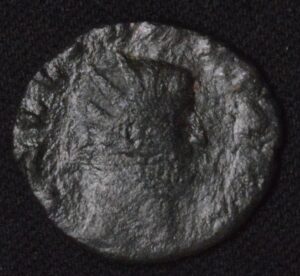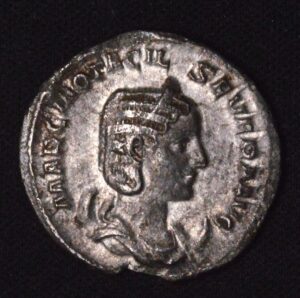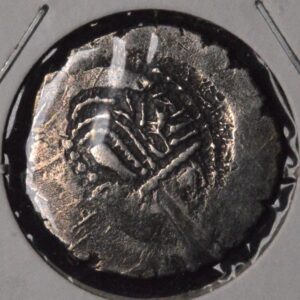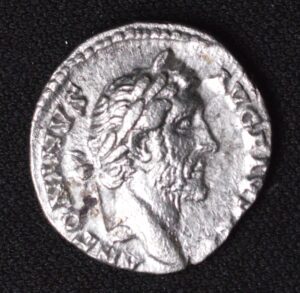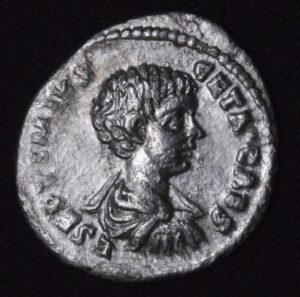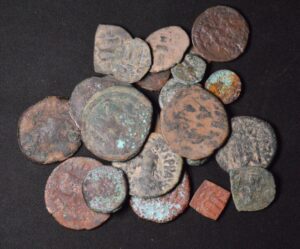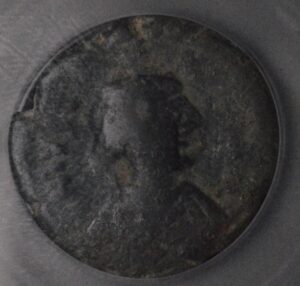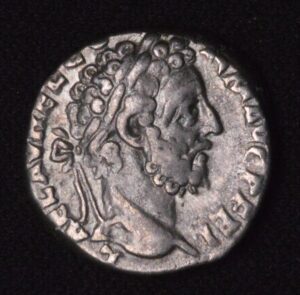Description
Claudius II, also known as Claudius Gothicus, was Roman Emperor from AD 268 to 270. He is most famous for his military successes, notably defeating the Goths at the Battle of Naissus, earning him the surname “Gothicus.” Claudius II’s reign, though brief, was marked by restoring stability in a turbulent period of the Roman Empire. He also defeated the Alamanni and began efforts to recover lost territories.
Claudius II was born in 214 and ascended to the throne following the assassination of Emperor Gallienus. He died of plague in 270, after a reign lasting about two years. Despite his short rule, Claudius II restored Roman authority over several provinces and had a reputation as a capable soldier-emperor.
Coins from the Claudius II era, especially bronze antoniniani, are prized among collectors for their historical importance and artistry. They often depict the emperor’s radiate bust on the obverse, with various military or religious figures on the reverse. These coins reflect the challenges and achievements of Rome during the Third Century Crisis.
In summary, Claudius II was a pivotal figure in late 3rd-century Rome, remembered for military victories against barbarian invasions and efforts to stabilize the empire. His coins from the era are valuable historical artifacts offering insight into this critical period of Roman history.
Claudius II, also known as Claudius Gothicus, was Roman Emperor from AD 268 to 270. He is most famous for his military successes, notably defeating the Goths at the Battle of Naissus, earning him the surname “Gothicus.” Claudius II’s reign, though brief, was marked by restoring stability in a turbulent period of the Roman Empire. He also defeated the Alamanni and began efforts to recover lost territories.
Claudius II was born in 214 and ascended to the throne following the assassination of Emperor Gallienus. He died of plague in 270, after a reign lasting about two years. Despite his short rule, Claudius II restored Roman authority over several provinces and had a reputation as a capable soldier-emperor.
Coins from the Claudius II era, especially bronze antoniniani, are prized among collectors for their historical importance and artistry. They often depict the emperor’s radiate bust on the obverse, with various military or religious figures on the reverse. These coins reflect the challenges and achievements of Rome during the Third Century Crisis.
In summary, Claudius II was a pivotal figure in late 3rd-century Rome, remembered for military victories against barbarian invasions and efforts to stabilize the empire. His coins from the era are valuable historical artifacts offering insight into this critical period of Roman history.
Claudius II, also known as Claudius Gothicus, was Roman Emperor from AD 268 to 270. He is most famous for his military successes, notably defeating the Goths at the Battle of Naissus, earning him the surname “Gothicus.” Claudius II’s reign, though brief, was marked by restoring stability in a turbulent period of the Roman Empire. He also defeated the Alamanni and began efforts to recover lost territories.
Claudius II was born in 214 and ascended to the throne following the assassination of Emperor Gallienus. He died of plague in 270, after a reign lasting about two years. Despite his short rule, Claudius II restored Roman authority over several provinces and had a reputation as a capable soldier-emperor.
Coins from the Claudius II era, especially bronze antoniniani, are prized among collectors for their historical importance and artistry. They often depict the emperor’s radiate bust on the obverse, with various military or religious figures on the reverse. These coins reflect the challenges and achievements of Rome during the Third Century Crisis.
In summary, Claudius II was a pivotal figure in late 3rd-century Rome, remembered for military victories against barbarian invasions and efforts to stabilize the empire. His coins from the era are valuable historical artifacts offering insight into this critical period of Roman history.
CUSTOMER FEEDBACK








Related Products & Newly Released!
-
$30.00
-
$300.00
-
$110.00
-
$69.00




SHIPPING POLICY
Your order is shipped from the United States with USPS tracking within one business day.
14 Day Return Policy
You can return your item back within
14 days of the purchase

Secure payments
Your payments are 100% secure and are processed through Square or PayPal on a protected security network.
SHIPPING POLICY
FREE International and Domestic (United States) shipping. Your order is shipped with USPS tracking 24 hours after you order.
14 Day Return Policy
You can return your item back within
14 days of the purchase

Secure payments
Your payments are 100% secure and are processed through Square or PayPal on a protected security network.
RESOURCES
support
Get Fresh Articles!
Sign up now to receive our articles for the latest insights and promotions!
RESOURCES
support
Get Fresh Articles!
Signup our newsletter to get update insight or promotions.

